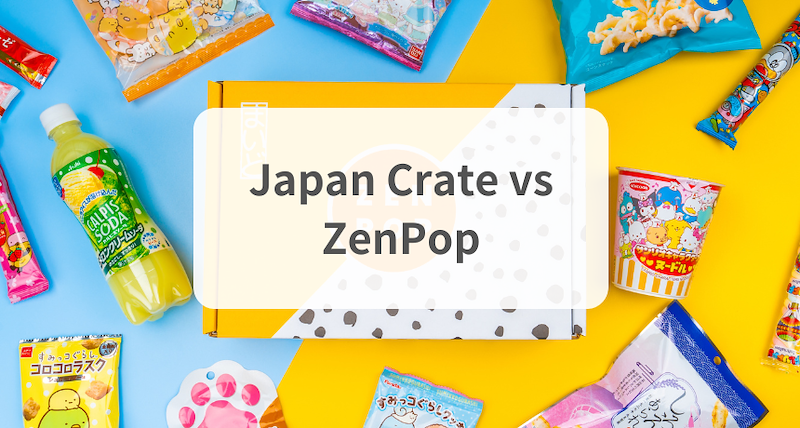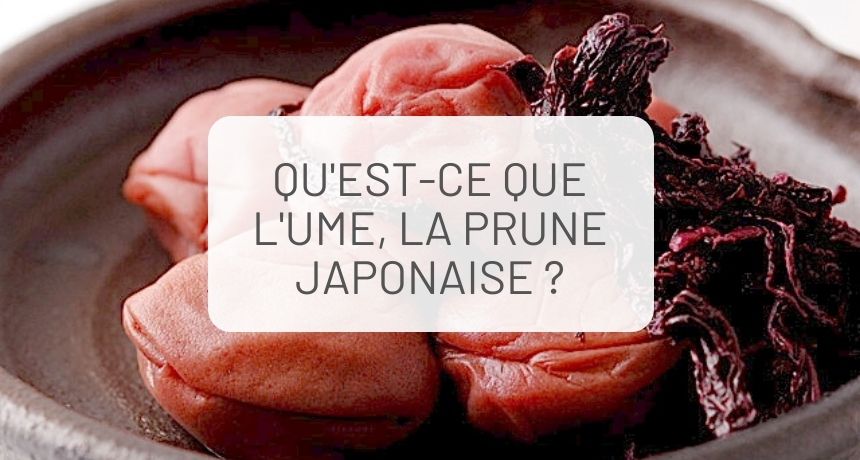
</title><meta name="robots" content="noindex">Qu'est-ce que l'ume, la prune japonaise ?
When people hear the word ume (梅), they usually incorporate it with plum. The fruit from China reached Japanese shores 2000 years ago. Although it originated from China, ume is popularly known as the Japanese plum. But is Ume actually a plum?
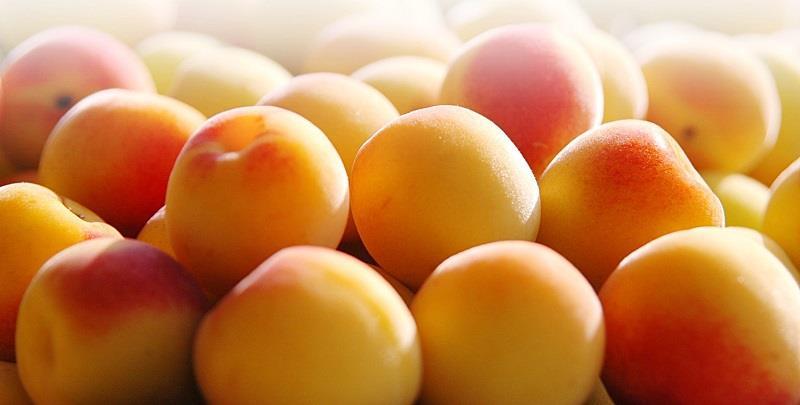
In reality, this fruit is more of an apricot than a plum. The Prunus mume is closely similar to the apricot plant. That’s why people also call it the Japanese apricot. The unripe, brilliant green fruits range in color from green to yellowish-green. Size-wise they are a bit smaller than a golf ball. Once they ripen, you'll see a flush of peach color.
Today we’re going to learn more about this Japanese food staple and explore how it’s being used in local cuisine and beverages.
What does Ume taste like?
Umeboshi taste test
Here’s a caveat: never eat ume raw. Since they are so astringent, your stomach will ache if you consume them fresh. Japanese apricots need to be processed before they can be eaten. How it tastes would depend on how you prefer to enjoy it.
What are the different ways to enjoy Ume?
There are different ways to consume the Japanese apricot. It can be part of an everyday meal, a snack, or enjoy its flavor on a drink. Below are some of the prevalent ume products in the land of the rising sun.
Umeboshi (梅干)
How Umeboshi is made?
Umeboshi is the most common ume product that you’ll find in stores. The creation process involves sprinkling the fruits with shochu, adding salt, letting the moisture out, adding color using shiso leaves, and finally, sun-drying the umeboshi. The final product is a small, reddish-colored, and wrinkled fruit.
You can eat umeboshi as it is or add it to rice. Umeboshi is so sour and salty that your face will pucker and wrinkle, your eyes will squint, and your mouth will water in response to the strong flavor. That’s why it goes well with white rice since the sour and salty taste of umeboshi can offset the blandness of the rice. Since Japanese summers are hot and humid, people add umeboshi to their bento to preserve the rice.
Umeboshi is also added to okayu (お粥) or Japanese rice porridge. Whenever you’re feeling under the weather, this is a great dish to eat as the umeboshi is good for digestion.
Since umeboshi is preserved, it will not rot quickly. When stored in a good environment and under a favorable climate, it can last for a hundred years!
How many Umeboshi can you eat a day?
With the exception of a small amount of potassium and dietary fiber, umeboshi doesn't contain many nutrients or calories. If you’ve watched the video above, you'll see how much sodium it has. The salt content of traditional umeboshi can reach roughly a quarter, while it is lowered in reduced variants to 15% or 10%. Still, you have to realize that it's that salty.
If you control your sodium intake adequately, one a day should be fine, but any more and you run the danger of developing issues from overconsuming sodium.
Hoshiume (干し梅)
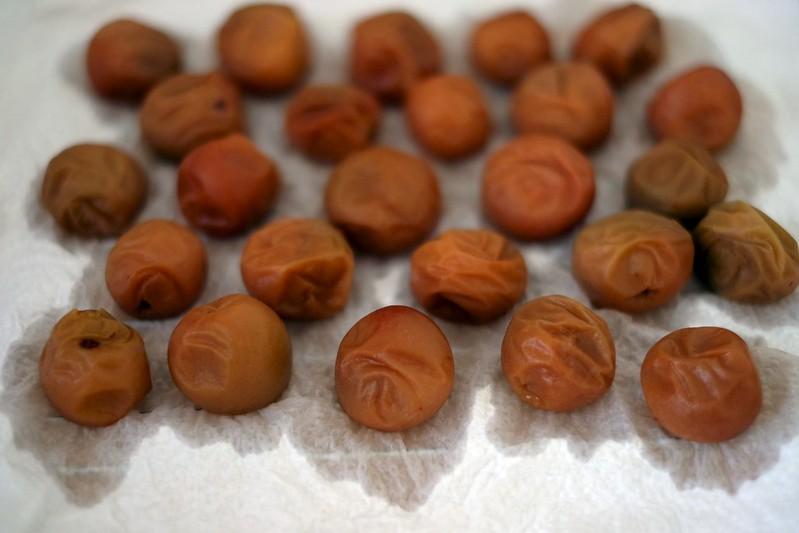
The hoshiume is specifically prepared as a snack or dagashi (駄菓子, meaning cheap snack or candy). This time, the fruits are pickled in a sugar-sweetened seasoning and then dried under the sun. As a result, the sweetness overpowers the sourness of the fruit despite being rich in citric acid.
The seeds are typically removed to make the snack easy to consume. The pitted hoshiume are called tanenashi hoshiume (種なし干し梅).
What is Umeshu?
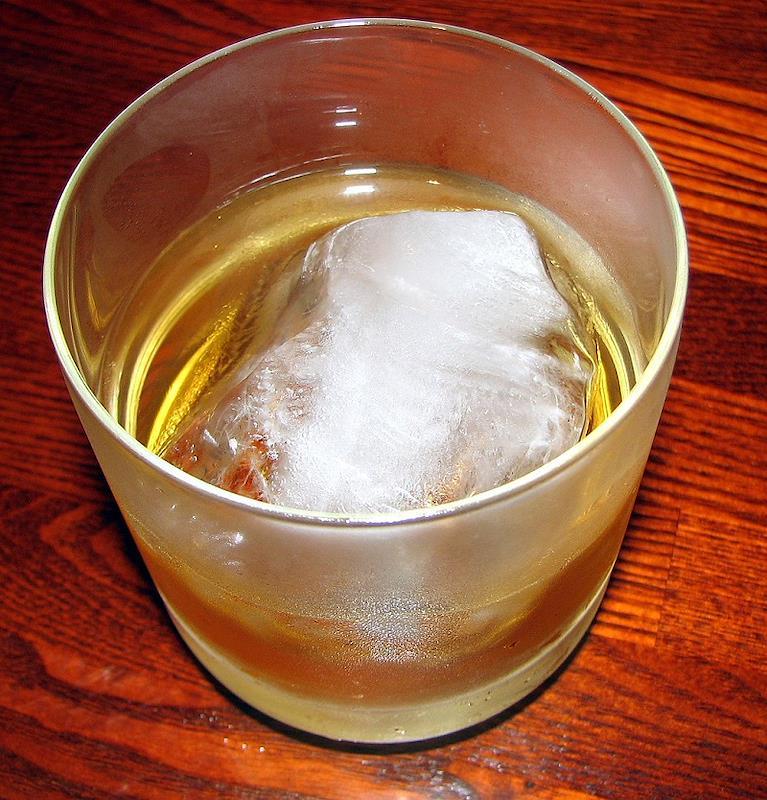
Umeshu on the rocks
Umeshu (commonly known as the Japanese plum wine) is a liqueur that uses unripe green ume, liquor, and rock sugar. It is well known as a ladies’ drink in Japan because of its sweet flavor and refreshing taste.
You can purchase umeshu from the store, but you can also make the liqueur yourself. The most popular umeshu is the one by Choya, which has an ABV of 14.6%. Should you decide to go with a homemade one, it will take about half a year before you can drink it.
How do you drink Umeshu?
Did you know that there are different ways to enjoy Japanese plum wine? In this section, we list 5 different ways to drink umeshu.
- Drink as it is. Go for the pure taste by drinking the liqueur without adding anything. Chill your drink so that ice won’t dilute its flavor.
- Add water. Not everyone is a strong drinker so others prefer drinking it mizuwari style. It is mixed with chilled water to lessen the effects of the alcohol.
- The other drinking styles are oyuwari (mixed with hot water) and ochawari (goes with green tea). The warm versions are great during the winter. Just like other alcoholic beverages, umeshu can also be mixed with soda, which is called sodawari.
- Frozen. Frozen umeshu can be a dessert ingredient or can come as mizorezake, which is pretty much like a frozen margarita.
- Umeshu makes excellent cocktail drinks. Mix it with beer, wine, ginger ale, and more.
What are the health benefits of Ume?
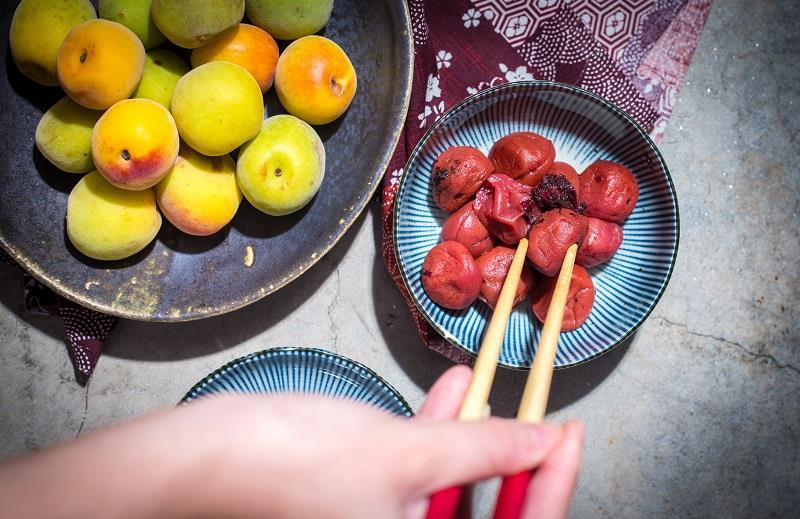
Did you know that ume is great for your health?
Ume provides a wealth of benefits to our health. Here are some of them:
Ume aids with digestion
The citric acid and enzymes present in umeboshi can help break down food. It also has a laxative effect, which can be helpful in relieving constipation.
The fruit is also for easing the symptoms that stem from gastrointestinal problems. In an experiment in 2015, which had 392 participants, it was discovered that consuming umeboshi daily lessened acid reflux symptoms and improved gastrointestinal motility.
Plus, it’s also effective against hangovers!
Ume boosts appetite
If you’re struggling to eat, then this little fruit can help jumpstart your appetite. In fact, umeshu is typically served as an aperitif when you eat in certain Japanese restaurants.
Ume is great for stabilizing blood sugar
Incorporating umeboshi into your diet is good for your blood sugar. According to experts, the fruit causes the body to increase glucose uptake. Since more of this simple sugar is carried around and used by the cells, your blood sugar normalizes and stabilizes.
The antioxidants coming from ume also aid in slowing down glucose absorption. As a result, blood sugar levels won’t crash or spike. In other words, the fruit prevents the development of diabetes.
Ume helps expel toxins
Ume contains picric acid, which helps stimulate and improve the functions of the liver. As a result, your body becomes better at cleaning out all the bad stuff and expelling them from your body. The alkaline properties of ume are another reason why it’s an excellent detoxifier.
Protects the Bones
With its high polyphenol content, ume is good for the health of your bones. These antioxidants shield your body from free radicals, which are the source of chronic diseases.
The Bottom Line
While ume is commonly served as umeboshi, not all people can appreciate its strong flavor. So if you’re not a fan of it, don’t worry. You can still enjoy this healthy food in the form of a sweet dried snack, candy, or alcoholic drink.
Now, if you have no idea what plum tastes like and are curious to try? Why not check out our ZenPop boxes where we regularly include ume-flavored snacks!



